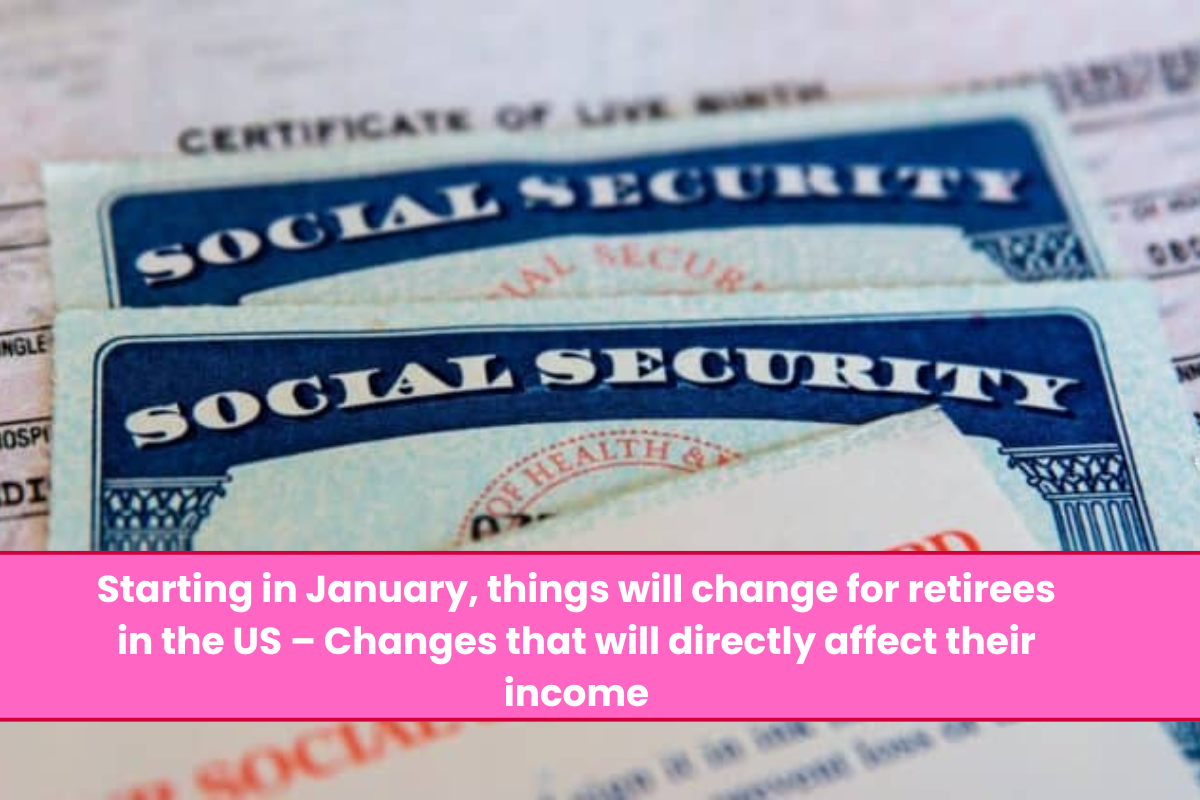Understanding the ins and outs of Social Security can be difficult, particularly for individuals who are not yet retired and are now experiencing the benefits of the program.
Due to the fact that the program undergoes changes and developments on an annual basis, it may appear to be a full-time job to keep up with the news.
One of the positive aspects is that the majority of the modifications will not have an impact on retirees; nevertheless, there are a few that future beneficiaries will need to take into consideration in order to make appropriate preparations for retirement.
Social Security recipients will get bigger benefits
In spite of the fact that pensioners are considered to be on a fixed income, this does not imply that their income does not fluctuate significantly.
The term “primary insurance” originates from the fact that when an individual retires, their average indexed monthly earnings are calculated into a primary insurance amount are factored into a primary insurance sum that is fixed and serves as the basis for any future increases in benefits.
Once a person reaches the age of 70 or stops working, there is no option to adjust the amount of their primary insurance policy payments.
On the other hand, retirees receive increased benefits on a yearly basis as a result of cost of living adjustments (COLAs), which are designed to assist them in keeping pace with inflation. Benefits will be modified to reflect the 2.5% increase in the cost of living that will take effect in 2025.
The maximum benefit for retirees is increasing
Since Social Security is not a scalable system, there is a maximum benefit that is established every year. To get this benefit a retiree would have to:
- Earn the maximum taxable income for at least 35 years.
- Delay collecting benefits until age 70.
The maximum amount of the benefit in 2024 was $4,873, and the maximum amount of income that was taxable was $168,600.
Therefore, in 2025, the maximum monthly benefit will be $5,108, and the maximum taxable income would rise to $176,100. This is because both amounts have also increased in tandem with the cost-of-living adjustment (COLA).
It is unlikely that the majority of individuals will be able to receive the maximum payout; but, the closer you can go to it, the better it will be for your future financial situation.
High earners will pay more in Social Security taxes
As we have discussed, there is a maximum taxable income that workers are required to pay in order to qualify for the highest benefits; however, this is also the maximum amount of earnings that are subject to taxation for Social Security purposes.
Whatever you make in 2025 that is less than $176,100 will be subject to full taxation, but anything that is more than that will not be counted toward your Social Security benefits because the cap operates in both directions.
A number of people have expressed their opinion that this system is unfair because those with lower incomes, who are in the greatest need of financial assistance, are subject to taxation on all of their income,
Whilst those with higher incomes who are not dependent on the program are able to receive the maximum benefit and more savings. Despite the fact that there have been a number of proposals to rectify this situation, none of them have been approved.
The Social Security surplus is getting closer to running out
The Trust Fund, which is a supplement to the Social Security program, is running out of funds, and payroll taxes are not adequate to keep the program entirely afloat. This is one of the reasons why eliminating the cap on Social Security taxes is such a popular policy.
“Reserves will be depleted in 2035,” the Board of Trustees of the Federal Old-Age and Survivors Insurance and Disability Insurance trust fund stated in their 2024 Annual Report. This information was taken from the trust fund itself.
This indicates that there are ten years left to come up with a solution that would improve Social Security and guarantee that one hundred percent of benefits will be paid out after the Trust has been depleted.
Those who are retired will receive a maximum of 83% of what they are entitled to receive if nothing is done.
There are proposals that are being considered by politicians on a daily basis, and despite the fact that none of them have been implemented (some of them, such as raising the retirement age, are extremely unpopular), Congress has made it a priority to be able to pay benefits after the Trust’s depletion date.















Leave a Reply